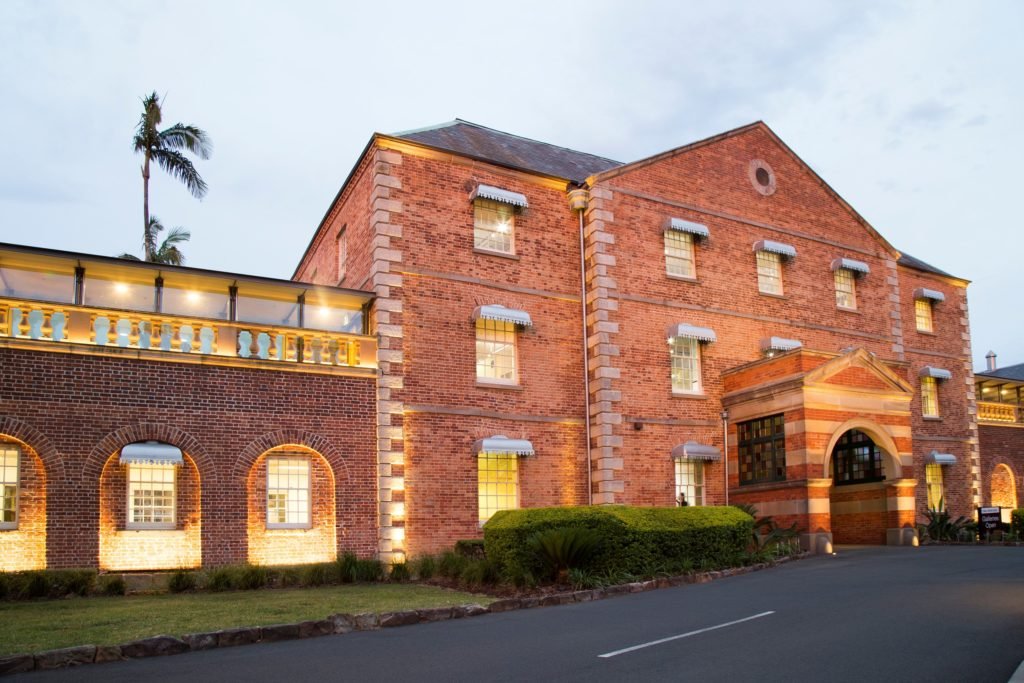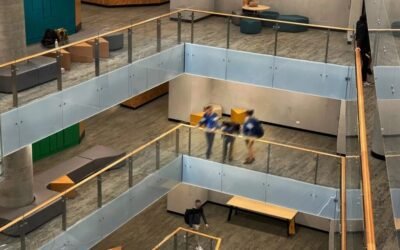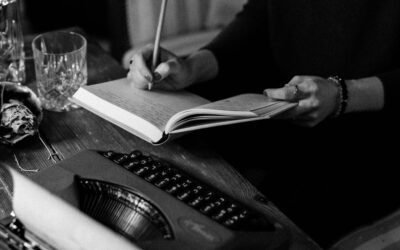Nicole Gismondo
If you’ve never ventured as far as the river on Parramatta South Campus, chances are you’ve never heard of the Whitlam Institute. Situated in the historic Female Orphan School, the institute houses the Whitlam collection, an art gallery and conference spaces.
The Whitlam collection holds many items of national significance donated by Margaret and Gough Whitlam. The university even holds the original copy of the Governor-General’s letter of dismissal to Gough Whitlam from 1975. The rest of the collection extends to letters from both Margaret and Gough, correspondence with speech writers, and many more items of interest. The Institute also holds regular exhibitions at its very own art gallery, in addition to its permanent Whitlam exhibition.
Another important part of the Institute is promoting citizenship. Part of this is showcasing Whitlam’s legacy, and his influence on Western Sydney. One of its main citizenship programs is the “What Matters?” essay competition for high school students, which last year received over 3,800 entries. The program is also set to have an exciting new patron this year, Channel Nine’s Lisa Wilkinson.
The institute’s policy research arm gathers important scholars from around the globe who are interested in all areas of public policy. The institute has a growing international scholars network, and has held events on topics including indigenous incarceration. The network also maintains various publications.
The institute maintains its spiritual home, the Female Orphan School. However, the Whitlam Institute hasn’t always been in this historic location, moving across the university since it was established in the year 2000. Eric Sidoti has been director of the Whitlam Institute since 2007, and has seen the institute through many different cottages on campus. In 2012, the Whitlam institute became involved with the restoration of the Female Orphan School, and it’s been there ever since. the complex history of the building. Completed in 1818, the building is older than the city’s colonial Hyde Park Barracks. It was at first a respectable female orphan school, where many sent their daughters to get an education while they could not take care of them. In due course, the building then became a mental institution, before eventually falling into disrepair.
Amy Sambrooke, Communications Manager, said the Female Orphan School has a “dark history” but ultimately it’s good that the building does not hide it, highlighting that the solitary cells from the building’s mental asylum phase that have been turned into offices.
The connection between the building and the Whitlam Institutes purpose is hidden in the public policy reflected within the building. As Gough Whitlam was a change maker in public policy, so this building has seen the policy change within both child and institutional care.
Eric Sidoti said that the Institute is “open to ideas” on how to involve more students in the Whitlam Institute’s programs. The Whitlam Institute is always looking for students to come along to its events, and there are also student volunteering opportunities.
You can find the Institute in building EZ at Parramatta South Campus, and entry is free for students. Opening hours 10am-4pm Thursday and Friday, plus advertised Saturdays. The institute also holds occasional public policy events that students may attend for minimal cost.



